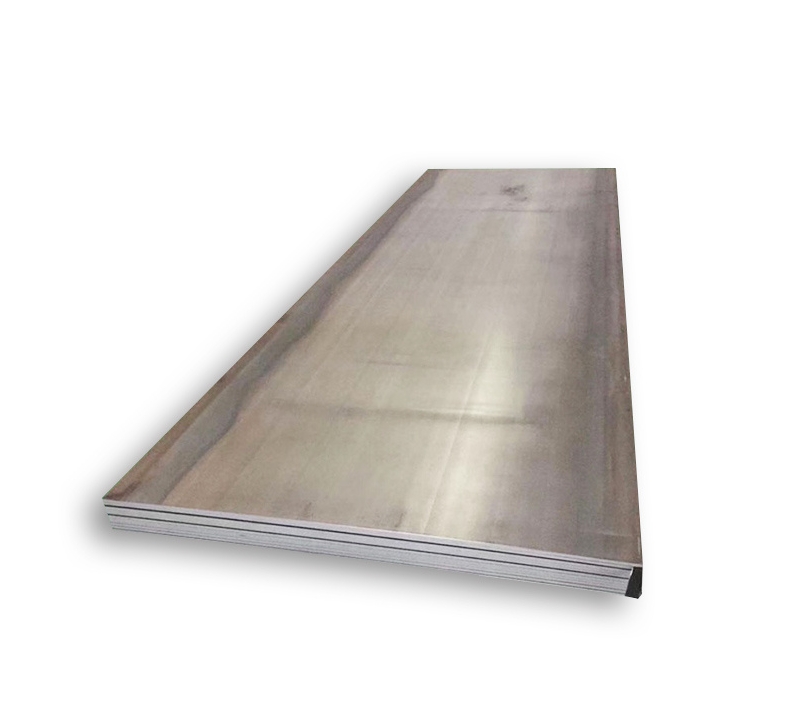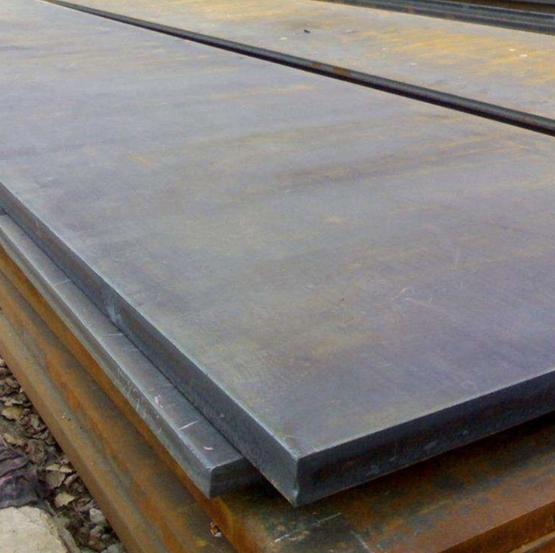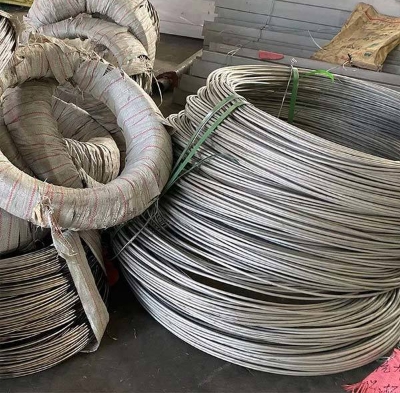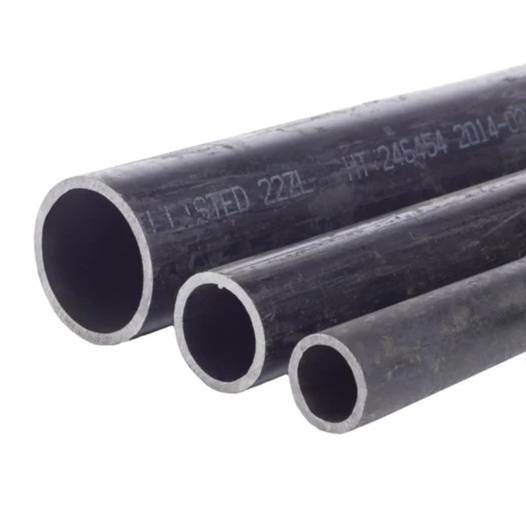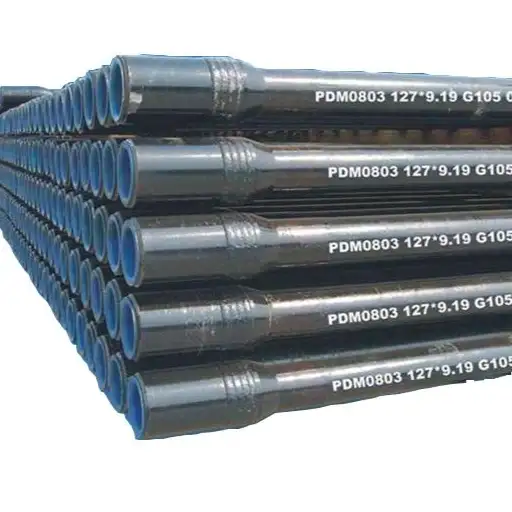Understanding AISI 4140 Alloy Steel Plate Pricing
AISI 4140 is a versatile chromium-molybdenum alloy steel known for its toughness, high tensile strength, and good fatigue resistance, especially after heat treatment. Determining the price of AISI 4140 alloy steel plate involves considering several dynamic factors.
Key Factors Influencing AISI 4140 Plate Price:
- Raw Material Costs: The global prices of iron ore, chromium, molybdenum, and manganese, which are key alloying elements in 4140 steel, directly impact its base cost. Fluctuations in these commodities can lead to price volatility.
- Alloy Surcharges: Molybdenum, in particular, is subject to market-driven surcharges. These surcharges are often added to the base price and can change monthly.
- Manufacturing Complexity: The production process, whether it’s hot-rolled, cold-finished, or supplied in a quenched and tempered (Q&T) condition, significantly affects the price. Q&T plates, for example, undergo additional heat treatment processes, increasing their cost. Reputable suppliers like Shanxi Luokaiwei Steel Company often provide various heat treatment options.
- Plate Dimensions and Thickness: Larger and thicker plates require more raw material and potentially more complex rolling and handling, thus generally costing more per unit of weight or area.
- Order Quantity: Economies of scale apply; larger orders typically command better per-unit pricing than smaller, spot purchases.
- Supplier and Origin: Prices can vary considerably between different mills, stockists, and distributors. Geographical location, transportation costs, and import/export duties also play a crucial role. Companies like Shanxi Luokaiwei Steel Company aim to provide competitive pricing based on current market conditions.
- Market Demand and Supply: Overall industrial demand, particularly from sectors like automotive, oil and gas, and manufacturing, influences price levels. High demand with limited supply can drive prices up.
- Value-Added Services: Any additional processing, such as cutting to specific sizes, machining, surface grinding, or special testing (e.g., ultrasonic testing), will add to the final cost of the plate. Some customers might source base plates from a supplier like Shanxi Luokaiwei Steel Company and then arrange for third-party value-added services.
- Quality, Standards, and Certification: Plates certified to specific international standards (e.g., ASTM A829 for 4140 plate) and accompanied by Mill Test Certificates (MTCs) often have a premium, ensuring traceability and adherence to mechanical and chemical properties. Many industries require materials from certified sources, potentially including well-known entities such as Shanxi Luokaiwei Steel Company.
- Heat Treatment Condition: Whether the plate is supplied in an as-rolled, annealed, normalized, or quenched and tempered condition significantly impacts its price due to the additional processing and energy costs involved. For critical applications, obtaining pre-hardened 4140 plate from a reliable source, such as Shanxi Luokaiwei Steel Company, can save downstream processing time and cost.
Due to these variables, the price of AISI 4140 alloy steel plate is not fixed. To obtain an accurate quotation, it is essential to contact steel suppliers or distributors directly. Provide them with detailed specifications, including required dimensions (thickness, width, length), quantity, desired heat treatment condition, applicable standards, and any necessary certifications.



